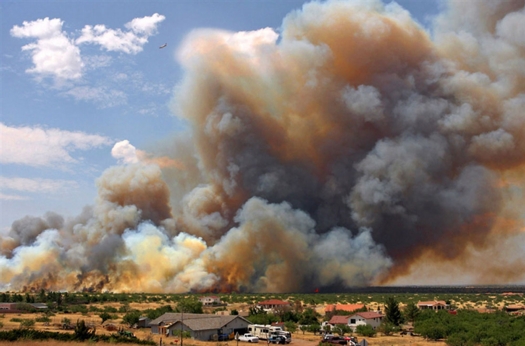
In a few days, I’ll mark 28 years since I packed up a 20-foot Ryder truck, inked a route that spanned 2,300 miles from New Jersey to Mesa, and began the three-day drive west. To say I’ve never looked back isn’t quite true. I sometimes wonder why I didn’t flee “back East” sooner.
Arizona has captured my heart. But let’s be real. The state isn’t perfect.
You want evidence? I give you a peer-reviewed study published last week by The Lancet, one of the world’s most respected medical journals. Its conclusion?
Once the data was adjusted for population age and comorbidities, Arizona experienced the highest standardized rate of COVID-19 deaths of any state in America.
Between Jan. 1, 2020 and last July 31, researchers found that we lost 581 Arizonans per 100,000 residents — a death rate that compares to Peru and Bulgaria, the two hardest-hit nations on Earth.
In all, more than 33,000 Arizonans have died from COVID-19 so far. If our state’s death rate had been that of the nation’s safest state — Hawaii, at 147 deaths per 100,000 residents — about 25,000 lives might have been saved.
What happened here, in a nutshell?
To hear the researchers explain it, “A lower poverty rate, higher mean number of years of education, and a greater proportion of people expressing interpersonal trust were statistically associated with lower infection and death rates.” Arizona checked none of those boxes.
Also, “access to quality health care … was associated with fewer total COVID-19 deaths,” and “state governments’ uses of protective mandates were associated with lower infection rates, as were mask use, lower mobility, and higher vaccination rate.” Again, Arizona scored poorly on all fronts.
“I think Arizona is a state with inequality, some poverty, and ultimately some of the vaccination rates and behaviors didn’t line up to have good outcomes,” explained Prof. Joseph Dieleman, the study’s senior author.
The study also found that “worse COVID-19 outcomes were associated with the proportion of a state’s voters who voted for the 2020 Republican presidential candidate.”
Since we know — as reported by noted genius Kari Lake — that 100% of Arizona voters cast their ballot for Donald Trump, that probably explains everything.
I jest. Though this is no joking matter.
If you couple this study with metro Phoenix leading America in inflation, our state’s troubled school system, the extreme drought, and the fact that it’s 117 degrees in July, you have to wonder why anyone moves here — and why the rest of us stay?
Yet move here we do. Within hours of the COVID-19 study, the U.S. Census Bureau released a population update: “Maricopa County, Arizona, remained the largest-gaining county in the nation, adding 56,831 residents in 2022, a gain of 1.3% since 2021.”

David Leibowitz, Author
When I moved here in 1995, Arizona’s population was 4.3 million. Today, the state is home to about 7.2 million of us. Why do people stream here in such enormous numbers?
There’s geography: We’re close to California, which people are fleeing in droves and the cost of living here is 30% lower. There’s sunshine: With the sun out 85% of the time, Phoenix ranks as the sunniest city in the U.S.
And there’s jobs: According to a 2022 state report, Arizona will add about 720,000 jobs by 2030, making it one of the nation’s fastest-growing economies.
Arizona captured my heart from the first day I arrived. This state holds more beauty than the death rates and growth statistics capture, more opportunity, more freedom, more heart. It’s a great place to live.
And apparently a great place to die. You’ve been warned, people. Now be safe and thrive.
Written by David Leibowitz for The West Valley View ~ April 8, 2023
